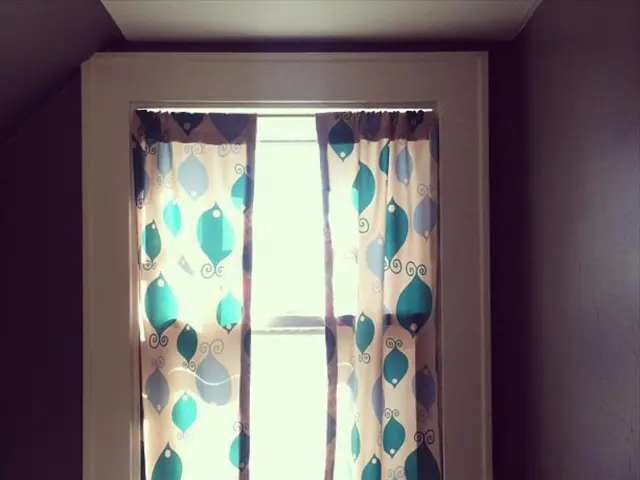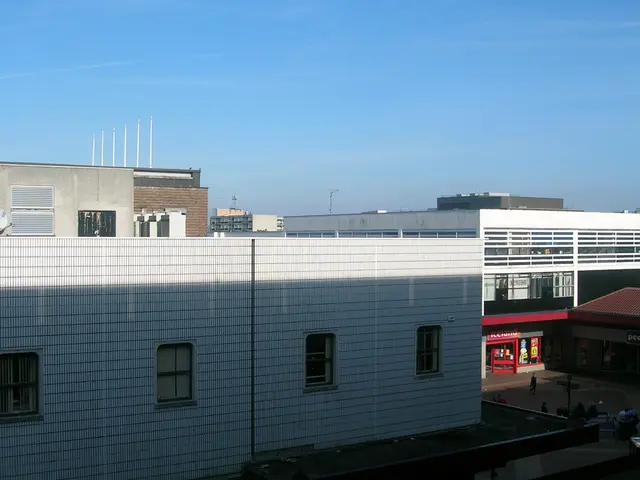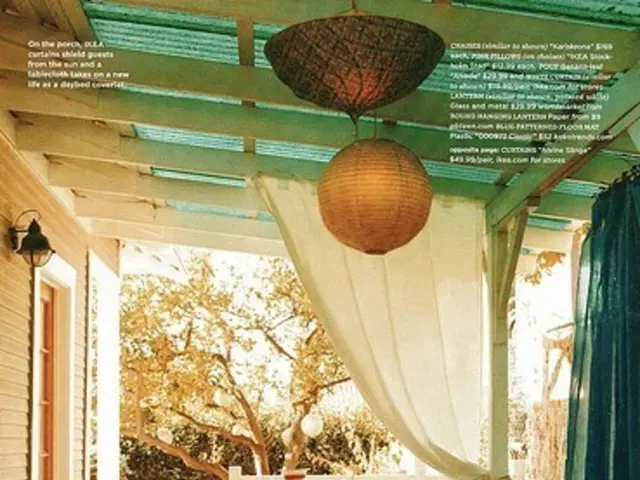Can a 'beauty metric' influence the aesthetics in housing architecture?
A potential new tool, known as a 'beauty calculator', is being suggested for use in housebuilding applications, according to the Levelling Up and Regeneration Act. This tool aims to evaluate the aesthetic qualities of building designs by assigning scores based on architectural criteria such as proportion, balance, symmetry, harmony, and material choices.
However, the use of such a tool has raised concerns among architects and designers due to its precision in measuring something as subjective as beauty. The inherent subjectivity of beauty in architecture, influenced by cultural, historical, and personal preferences, makes a universal metric challenging to define reliably.
Moreover, accurately quantifying aesthetics requires sophisticated modeling of visual harmony, scale, material texture, and human psychological responses, often blending objective geometric rules with subjective artistic elements. This complexity, coupled with the need for large, well-labeled datasets of house designs rated for beauty by diverse user groups, presents challenges in developing and implementing a beauty calculator.
Integration with existing architectural or CAD software workflows is another hurdle, requiring substantial development and validation. Despite these challenges, a beauty calculator could serve as a supplementary guide rather than an absolute arbiter of design quality, scoring designs based on known architectural principles or symmetry.
Meanwhile, the long-term care of a development is an important factor in determining its success and should be considered in the assessment of beauty. The reality of a developed scheme may differ significantly from the depiction ahead of planning permission, with the portrayal often presenting the development at its best. Therefore, the beauty of a scheme should be measured post-completion, taking into account the quality of build and craftsmanship.
The 'presumption in favour of sustainable development' is a key issue, as it suggests that development should be allowed on the basis that it is sustainable and complies with planning law. Any veto of housing schemes on design grounds seems to overlook this principle. The cost of prioritizing 'beauty' in housing design may lead to savings being made in other areas, such as community facilities, affordable housing, or increasing biodiversity net gain.
In urban schemes, particularly in conservation areas, the need for housing and infrastructure may necessitate a more lenient approach than in deprived inner-city areas. Furthermore, temporary housing may not need to be judged as rigorously as civic buildings in strategically important locations.
In conclusion, while a beauty calculator for housebuilding applications is feasible with advances in AI, user preference modeling, and architectural theory, its universal applicability is questionable due to the potential costs associated with prioritizing aesthetic value over functionality. The government's focus on design standards raises many questions about the application of the 'presumption in favour of sustainable development', and it remains to be seen how this new tool will impact the housing market and the quality of future developments.








